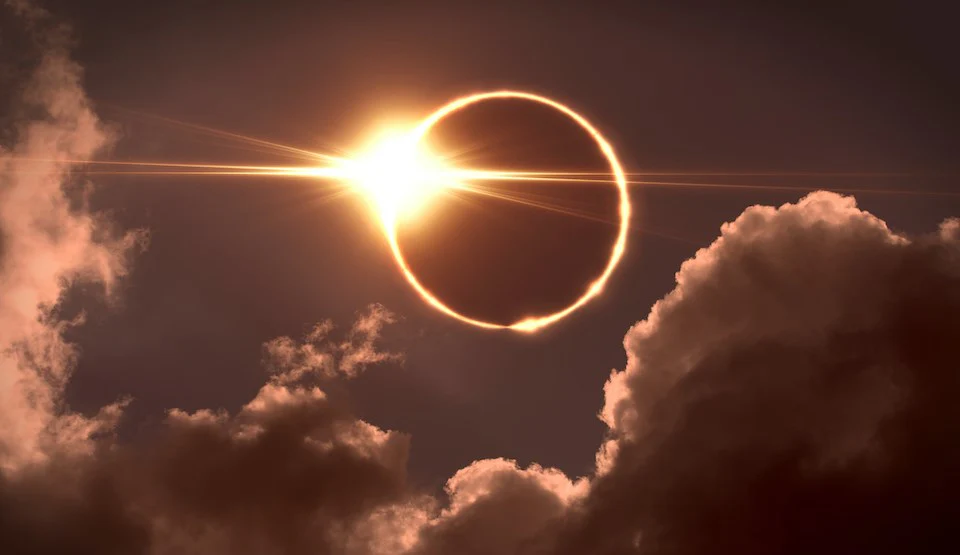On April 8, a spectacular celestial event known as a total solar eclipse will occur, captivating the hearts and minds of people around the world. During a total solar eclipse, the Moon passes between the Earth and the Sun, casting a shadow on the Earth's surface and temporarily blocking out the Sun's light. This creates a mesmerizing display as the Moon appears to completely cover the Sun, revealing the Sun's outer atmosphere, or corona.
The total solar eclipse will be visible from a narrow path that stretches across North America and will last approximately 4 minutes. It will traverse through parts of Mexico, the United States, and Canada, crossing through the provinces of New Brunswick, Prince Edward Island, and Newfoundland and Labrador.
The total solar eclipse holds immense scientific significance, offering researchers and astronomers a unique opportunity to study and learn more about the Sun’s corona. The corona is normally hidden by the Sun’s bright light, but during an eclipse, it becomes visible. Scientists can gather valuable data about the corona’s structure, temperature, and magnetic fields, helping unravel the mysteries of our closest star.
Apart from its scientific importance, a total solar eclipse is also a breathtaking experience for spectators. The sudden darkness, the changing colours of the sky, and the eerie stillness create a sense of awe and wonder. Many people travel far and wide to witness this natural phenomenon, often gathering in groups to share the experience and celebrate the beauty and grandeur of the universe.
As the date approaches, make sure to plan ahead and find a suitable location within the path of totality or take necessary precautions to observe the partial eclipse safely. Using proper eye protection when viewing a solar eclipse is of utmost importance due to the potential harm that can be caused to the eyes. When the Moon partially or completely covers the Sun during a solar eclipse, it can create a false sense of safety, leading people to look directly at the Sun without realizing the potential dangers.
In Ontario, the partial solar eclipse will start at approximately 2:04pm with the total eclipse visible at approximately 3:18pm and the partial eclipse finishing up near 4:30pm. For local regions of peak visibility you can visit CBC or you can follow the live path of the eclipse here.






